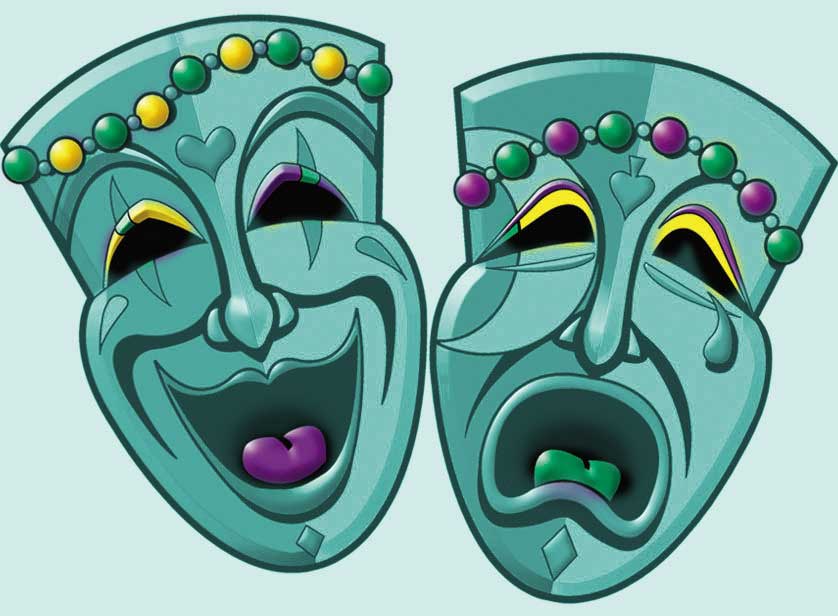There’s a provocative mystical teaching that Purim and Yom Kippur, two seemingly opposed holidays, are actually deeply related – that Yom Kippur is, in fact, a “yom k’Purim” (a day like Purim).
There are actually many ways in which, as the Vilna Gaon explains, the holidays are like two sides of the same coin. For instance, both of them involve revealing and concealing.
Mirroring God’s hiddenness in the Purim story, Purim is a holiday of masks and costumes. Yom Kippur, in which we feel God’s presence, is a day on which we cannot hide – we don’t even wear makeup or fancy clothes; we are nothing but our most basic selves.
These are the tools we need in order to conquer the challenges of each holiday. Yom Kippur centres on the inner challenge. Our biggest obstacle is often ourselves – or at least the self we present to the world. Truthfully, sometimes our authentic self is hidden from us. We have taken on roles, qualities and behaviours that are not who we really are at our essence. Yom Kippur invites us to strip ourselves down, to rid ourselves of illusion in order to address our inner challenges.
Purim is defined by an outer challenge: Haman plots to destroy the Jews, and Esther apprehensively but bravely thwarts Haman’s plan. In our own lives, we face challenges. Some seem insurmountable. We feel as Esther must have felt: is there any way out? Is change possible? Sometimes, when we don’t feel up to the challenge, we must put on a mask of strength or courage. Other times an outer challenge calls for the mask of patience, or generosity, even when we don’t feel it. They are qualities we want to build – aspirational masks.
On Yom Kippur, we strip down to parts of ourselves we don’t always reveal. On Purim, we put on parts we don’t always feel, to try out new selves and possibilities. Yom Kippur gives us methods for inner work. Purim gives us methods for outer work. What side of yourself do you need to wear as a mask until you finally believe in it?
